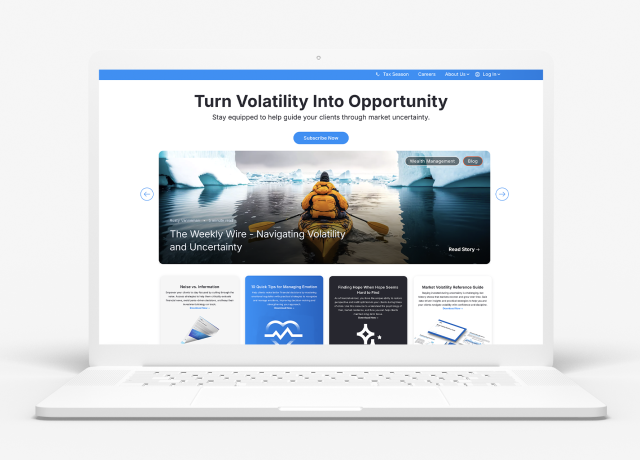It’s once again full steam ahead for the American stock market following the first major market drawdown since 2022 earlier this year. While uncertainty around trade policy still lingers, resilient economic data and strong corporate earnings have helped to ease some tension for the time being. The Dollar has stabilized from its worst selloff in decades, and U.S. markets have stretched to new all-time highs.
Investors are feeling their confidence come back with the market. After a brief dip in the spring, equity allocations are back up to 68%, well above average since 1987 (62%) and near the top of its normal range since 2000. Flows tell the same story, as equity net inflows have averaged around $50B/month on a trailing 12-month basis, which appears to be somewhat of a historical inflection point since 2009, with the exception of increased flow activity from Covid stimulus:

Source: Morningstar Direct as of 6/30/2025
Sentiment has also started to recover from the extreme gloom that was reported for much of the first half of 2025, although it remains below its long-term average:

Source: AAII
Warren Buffett is attributed with one of the most classic and evergreen quotes in our industry: “Be fearful when others are greedy and be greedy when others are fearful.” It had been quite some time since the market had seen sustained pessimism and fear to the extent that it did earlier this year. As stability and optimism return to equity markets, now is an opportune time to have proactive conversations with clients about risk and investing behavior to prepare for the next storm.
We frequently talk about the business cycle and market cycles, as they are critical inputs into the economy and financial markets, and the current positions in these cycles have real impact on growth, jobs, inflation, and retirement savings. But another key element of these cycles is that they are unavoidable and uncontrollable. A third cycle that has real impact on investor returns is the emotional cycle in relation with financial markets:

Source: OPS Reference Guide
It’s very difficult to avoid feeling these emotions. What sets successful investors apart is the ability to not act impulsively on them, because unlike the business and market cycles, the negative impacts from the emotional cycle are avoidable. A well thought out and disciplined investment plan can help an investor better understand their risk tolerance and plan for all outcomes. Both extreme exuberance and extreme panic can contribute to these negative impacts, so discipline is imperative at both the peaks and the troughs to close the Behavior Gap.
Advisors are highly effective in narrowing this gap. In fact, Vanguard’s Quantifying Advisor Alpha study found that behavioral coaching is the largest value-add an advisor can provide – adding up to 200bps per year on average.
At Orion, some of our core objectives are to help clients understand why they own what they own and feel comfortable with their investment plan, which ideally makes them more likely to stick with their plan and their advisor throughout market turmoil – an important part of compounding wealth over time. As Charlie Munger said, “The first rule of compounding: never interrupt it unnecessarily.” A few key pieces of our philosophy:
Risk Management
- Having an open and honest conversation with clients about risk and coming to a mutual understanding of what the client is comfortable with is key to building a disciplined investment plan. The clearer the expectations, the less likely emotional responses will come to fruition.
- Investors who are placed in a portfolio aligned with their risk tolerance may stay invested longer, may give their portfolio strategy (and advisor) more time to succeed, and will likely improve their odds of reaching more of their financial goals.
Diversification
- At any level of risk, a portfolio diversified across both asset classes and management styles can help smooth portfolio volatility over time and improve investor experience.
- When building diversified portfolios, it’s key that an investor understands why they own everything they own. Crafting compelling and easy-to-understand investment rationales may help an investor better understand each facet of their portfolio.
Due Diligence and Quality Investment Research
- Once the investment plan is in place, the last step is selecting quality managers, especially for actively managed strategies.
- Having a comprehensive investment research process or relying on an institutional level Due Diligence resource is a critical component in this final step of portfolio construction.
- Advisors and clients alike need to know what they can expect from their managers to be the most confident in their investment plan.
Now that extreme volatility is in the rearview mirror – for now – a post-mortem may be very constructive for any clients who may have lost some sleep during the drawdown. Through honest conversations about risk, thoughtful portfolio diversification, and intentional investment research, advisors can help their clients detach from the destructive emotional cycle and focus on compounding returns over the long-term.




























